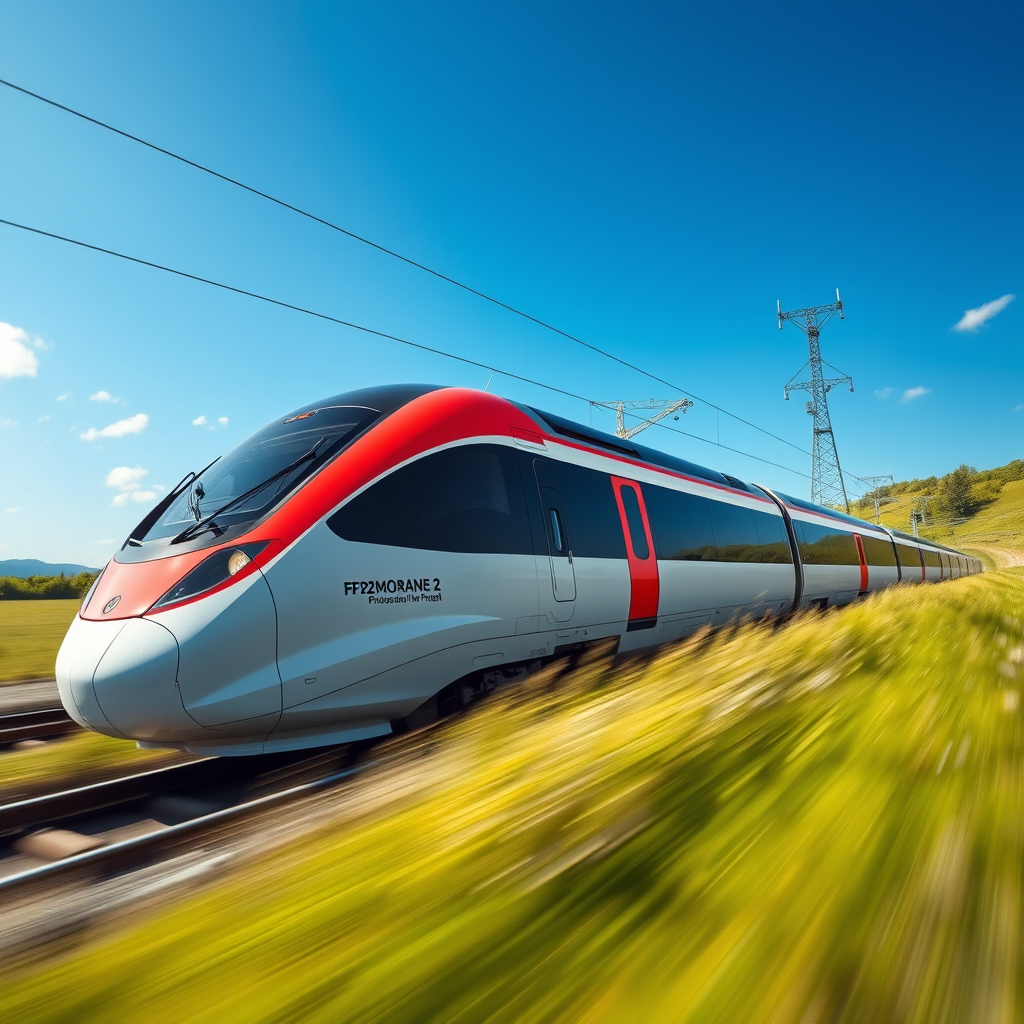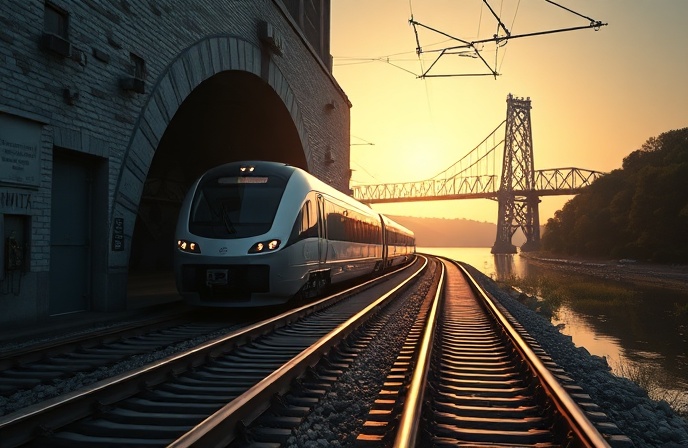Germany’s €86B Rail Revolution: Modernization & Growth

Significant Investment in German Rail Infrastructure: A Comprehensive Analysis
This article delves into the substantial €86 billion investment planned by the German government and Deutsche Bahn (DB) (German national railway company) for the modernization and maintenance of Germany’s railway infrastructure over the next decade. This unprecedented commitment signifies a crucial shift in prioritizing rail transport, aiming to enhance efficiency, bolster passenger numbers, and ultimately modernize a vital component of Germany’s transportation network. The investment strategy, encompassing a phased approach with escalating annual budgets, addresses critical aspects of railway upkeep, including track rehabilitation, signal system upgrades, station renovations, and bridge repairs. This detailed analysis will examine the motivations behind this significant investment, its projected impact on the German rail network, and the broader implications for the country’s transportation sector and economy.
The Scope of the Investment Plan
The €86 billion investment dwarfs previous funding allocations. The previous five-year plan dedicated approximately €5.6 billion annually to railway maintenance. The new plan drastically increases this figure, averaging €7.9 billion per year from 2020 to 2024, before further increasing to approximately €9.2 billion annually from 2025 to 2029. This substantial increase reflects a national commitment to addressing long-standing infrastructural deficiencies within the German rail network. The funding will be primarily allocated to the comprehensive rehabilitation of existing infrastructure. This includes extensive track renewal and upgrading, modernization of signaling systems to improve safety and operational efficiency, and the refurbishment of numerous railway stations to enhance passenger experience. A significant portion of the funding is earmarked for the renovation of approximately 2,000 bridges across the network, addressing critical safety and structural concerns.
Addressing Operational Deficiencies and Enhancing Passenger Experience
A primary objective of this substantial investment is to tackle persistent issues of delays and disruptions that have plagued the German rail network. The modernization initiatives are directly aimed at improving punctuality and overall operational reliability. Upgrading signaling systems, coupled with track improvements, is expected to significantly enhance the efficiency of train operations. The planned renovations to railway stations will focus on improved passenger amenities, accessibility enhancements for individuals with disabilities, and modernized passenger information systems. These improvements are key to enhancing the overall passenger experience and attracting a larger segment of the traveling public.
Growth Targets and Economic Impact
The German government’s ambitious goal is to double the number of rail passengers by 2030. This target necessitates a significant improvement in service quality, reliability, and overall passenger satisfaction. The investment in infrastructure directly supports this growth ambition by providing a more reliable and efficient rail network. Beyond passenger numbers, the investment will generate substantial economic activity through the creation of jobs within the construction and railway industries. The modernized network will also indirectly contribute to economic growth by improving connectivity and facilitating the movement of goods and services across the country.
Conclusion: A Long-Term Vision for German Rail
The €86 billion investment in German rail infrastructure represents a bold and far-reaching commitment to modernizing a crucial component of the country’s transportation system. This substantial investment goes beyond simple maintenance; it is a strategic plan designed to address long-standing operational inefficiencies, enhance passenger experience, and stimulate economic growth. The phased approach, with increasing annual budgets, demonstrates a sustained commitment to the project’s long-term success. The focus on track rehabilitation, signaling upgrades, station renovations, and bridge repairs directly addresses critical infrastructural needs. The ambitious goal of doubling passenger numbers by 2030 highlights the strategic importance of rail transport within Germany’s broader transportation strategy. While the short-term impact may involve disruptions during construction and modernization phases, the long-term benefits—improved punctuality, enhanced passenger satisfaction, increased capacity, and a boost to the national economy—promise a transformed and highly efficient German rail network. This significant investment showcases a long-term vision for sustainable and efficient transportation, emphasizing the pivotal role of rail in shaping Germany’s future economic landscape and its commitment to environmental sustainability by promoting a less carbon-intensive mode of transportation.



